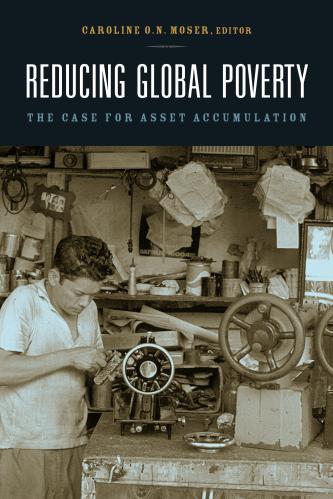Studies in this week’s Hutchins Roundup find that clear communication regarding the duration of stay-at-home measures increases compliance, only one-third of U.S. jobs can be done remotely, and more. Want to receive the Hutchins Roundup as an email? Sign up here to get it in your inbox every Thursday.
Governments need to manage the public’s expectations on self-isolation
Authorities in many countries have been mandating self-isolation to slow the spread of COVID-19. Individual compliance has collective benefits, but enforcing the policy is costly and controversial. Using survey data of 894 Italians, Guglielmo Briscese of the University of Chicago and coauthors find that the public’s expectations about the duration of social isolation influence their intention to comply. At a time when stay-at-home measures were already in place in Italy, the authors presented residents with hypothetical end dates. Those presented with shorter extensions than they expected were more willing to adhere to self-isolation; those presented with longer than expected extensions reported less willingness to comply. Piecemeal extensions of the end date for isolation may lead the public to believe that the goal is unattainable, the authors suggest, so authorities should communicate clearly and minimize the mis-match between announced duration and the public’s expectations.
Only one-third of jobs in the U.S. can be done remotely
Jonathan Dingel and Brent Neiman from the University of Chicago find that only 34% of U.S. jobs could be performed at home. Using average hourly wages by occupation and assuming that all occupations involve the same hours of work, they calculate that these jobs account for 44% all wages. However, the authors observe substantial variation across cities. For example, more than 40% of jobs in San Francisco, San Jose, Austin and Washington, D.C., can be performed at home, compared with fewer than 30% in Fort Myers, Grand Rapids, and Las Vegas. They also find large differences across industries. While most jobs in finance, corporate management, and professional and scientific services can be performed at home, very few in agriculture, hotels, retail or restaurants can be done remotely. The authors conclude that identifying which jobs cannot be performed from home could help to target social insurance payments to those who need them the most.
Pandemics can depress the natural rate of interest for decades and raise wages
Òscar Jordà from the Federal Reserve Bank of San Francisco, and Sanjay Singh and Alan Taylor from the University of California, Davis, study macroeconomic consequences of 12 pandemics in Europe in which more than 100,000 people died, going back to the 14th century. They find that 20 years after a pandemic occurs the natural rate of interest is, on average, 2% lower than it would have been otherwise and does not recover to the level it would have been if not for the pandemic for roughly 40 years. The authors reason that the increase in mortality during pandemics causes a contraction in labor supply that makes capital less scarce relative to labor than it would’ve been otherwise. Accordingly, they find that 30 years after a pandemic, real wages are, on average, 5% higher than they would have been. In contrast, the authors find that wars in which lots of people die elevate the natural rate of interest due to the destruction of physical capital—a feature absent in pandemics. They conclude that if this pandemic resembles the past, low real interest rates will be sustained for decades, giving governments significant room to borrow. One caveat, the authors note, is that the increased mortality associated with COVID-19 is more likely to be concentrated among the elderly than it was in the past, when few people lived much beyond age 60.
Chart of the week:

Quote of the week:
“The Federal Reserve is working to limit the financial and economic distress – to take actions that help avoid even higher levels of unemployment or a slower recovery. To that end, the Fed’s interest‐rate‐setting committee cut the short‐term rates the Fed controls to close to zero to help ease market interest rates in an economy suddenly facing challenges,” says Eric Rosengren, president and CEO of the Federal Reserve Bank of Boston.
“Further, both the Treasury and mortgage‐securities markets had too many people and institutions seeking to sell assets to raise cash (rushing to more liquid assets as a crisis response), resulting in an inability to trade, and unusual volatility. To remedy distortions in these important markets, the Fed has been buying Treasuries and mortgage‐backed securities to stabilize markets and make it easier for financial institutions to pass through lower interest rates to consumers and businesses.
In addition, many firms and individuals keep liquid assets in money market funds, and there was a danger of seeing funds gated or closed as investors rushed to pull cash from them. Similarly, the municipal money market funds that buy short‐term, highly‐rated municipal securities and help meet the short‐term funding needs of municipalities were seeing few trades. In sum, given the rush for cash in financial markets, it was proving a challenge for the funds to sell high‐quality debt of even the strongest companies and states. The Boston Fed opened a facility that lends money to banks, so they can buy these highly‐rated assets from money market funds. This ensures money market funds can meet the demands of individuals and firms seeking to redeem cash, restores a market for short‐term high-quality assets, and addresses the liquidity problem impacting individuals, companies, and local governments.”










Commentary
Hutchins Roundup: Social isolation, remote work, and more.
April 2, 2020